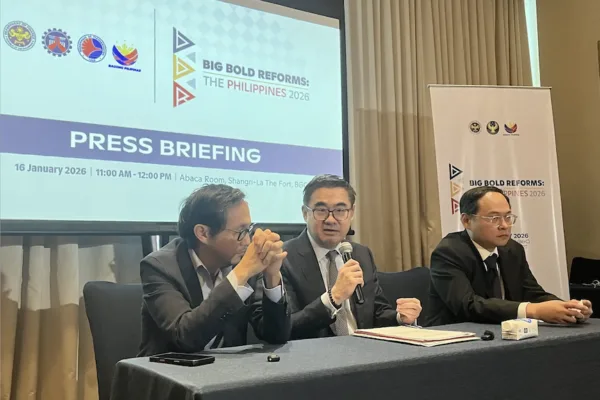For brief periods, the Bank of the Philippine Islands (BPI) would forgo transfer costs for modest InstaPay transactions conducted using its mobile application.

Fees for a cartload of groceries worth up to P1,000 is already free if paid using BPI’s mobile app
According to a news story posted on its website, no costs will be applied for using the bank’s electronic fund transfer (EFT) service between July 5 and September 30, but this will apply only for transactions up to P1,000.
This means that BPI customers will be able to pay for any transaction without paying a charge, like transferring money to other bank accounts or paying utility bills in full.
In order to fully experience and leverage the benefits of digital banking, Fitzgerald S. Chee, BPI Consumer Platforms Head, is urging customers to use the new BPI mobile application and send up to P1,000 using Instapay at no cost.
“We are dedicated to staying ahead of the curve,” Chee continued while taking note of BPI’s unique position as the first bank founded in the Philippines and in the Southeast Asian region.
As a universal bank, BPI offers a wide range of financial products and solutions, together with its subsidiaries and affiliates, to serve its retail and corporate clients.
Reducing fees for small-value online transactions
BPI was actually among the first banks in the country to reduce fees for small-value online transactions after the Bangko Sentral ng Pilipinas (BSP) suggested that financial institutions do so. As of Thursday last week, Instapay transactions to other banks or eMoney issuers are still being charged a P25 fee per transaction.
According to the latest information provided by the BSP, the Bankers Association of the Philippines (BAP) was also open to cutting transaction fees rather than the reserve requirement ratio (RRR).
The BSP is hopeful that lowering the RRR will persuade banks to already forego the fees associated with these sums.
For his part, BSP governor Felipe M. Medalla said that paying between P5 to P10 per transaction — or even P15 to P20 per transaction — is considerable, particularly when compared to relatively modest transactions of P200 to P500.
Ensuring stable domestic liquidity
To preserve “stable” domestic liquidity and credit conditions, the BSP cut banks’ RRRs by as much as 250 basis points in June, lowering the effective ratios across banks to a single-digit level.
It can be recalled that the BSP has not reduced the RRR since 2020 when the ratio was reduced by 200 basis points to the current 12 percent.
The RRR of universal and commercial banks, meanwhile, was decreased by the BSP to 9.5 percent or by 250 basis points.
The RRR of rural banks, cooperative banks, and nonbank financial institutions (NBQBs) with quasi-banking operations decreased by 200 basis points and 100 basis points, respectively.
RRRs for NBQBs and thrift banks will be 9.5% and 6%, respectively, while the RRR for cooperative and rural banks has since dropped to just 1%.
The decrease in the RRRs will be applicable to the local currency deposits and deposit replacement liabilities of banks and NBQBs starting with the reserve week beginning June 30.







